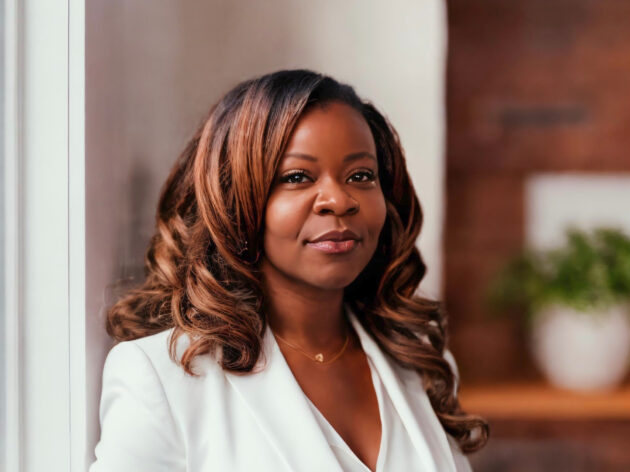
Seattle’s Ada Developers Academy has long been celebrated for its role in training under-represented individuals in the tech sector, enabling them to kickstart careers in software development. In 2021, the academy was awarded a $10 million grant from an initiative backed by Melinda French Gates and MacKenzie Scott to expand into five U.S. cities.
However, after more than ten years since its inception, the tuition-free boot camp faced challenges.
The program’s sustainability hinged on collaborations with technology organizations that offered students five-month internships. Yet, post-pandemic hiring slows in tech led to a decline in available opportunities and positions.
In response, Ada underwent a significant transformation. Last year, it reduced its workforce, paused admissions, and shelved plans to establish new physical classrooms across the country.
This week, Ada introduced its new CEO, Tina-Marie Gulley, who had been serving as the interim chief executive since April. The team was streamlined from 75 employees to 25, including contractors and consultants. Ada has now enhanced its focus on artificial intelligence and provides all its instruction virtually.
The nonprofit, which is committed to serving a racially and ethnically diverse student population, including women and LGBTQIA community members, viewed this economic shift and the evolving workplace landscape as an opportunity.
“We continue to expand, [but] expansion just looks different,” Gulley stated. “It means that we’re able to serve folks everywhere.”
Ada’s complimentary offerings include Ada Build, a self-paced curriculum, and Ada Build Live, a six-week virtual course conducted in either morning or evening sessions. The flagship program, Ada Core, consists of six months of classroom learning followed by an internship, all of which is now accessible remotely, although the core program retains in-person elements.
The two preparatory tracks aim to educate 450 students this year, while approximately 150 participants will enroll in the core program. Ada boasts an alumni network exceeding 1,100 individuals.
Gulley has been involved with the organization as a board member since 2020, providing her with unique insights into its trajectory and her potential contributions.
Her prior experience includes leading marketing initiatives at Seattle-area companies such as Edelman, Amplero, SmartFocus, Avalara, and others. Additionally, she volunteered as the director of ChickTech in Seattle, an organization dedicated to advancing STEM education and community building.
When the tech industry began experiencing layoffs in 2022, Ada graduates faced challenges. To address this, the nonprofit invited them back for further training. Ada secured a grant from MIT Solve, which supports equity-promoting initiatives, to strengthen its AI curriculum. The returning alumni benefited from a tech refresher incorporating new AI content and revisited internships.
“It just makes them more marketable,” Gulley explained, and provided the organization an opportunity to assess the impact of the new curriculum.
Ada also reevaluated its partner network, expanding beyond traditional tech enterprises. This network now includes nonprofits like the Allen Institute for AI, Khan Academy, Code.org, and the health tech organization Audere.
Looking ahead, Gulley is determined to enhance Ada’s influence in the broader community both locally and nationwide.
The preparatory programs serve as potential springboards not only to Ada Core but also to other boot camps, supporting the organization’s mission to promote diversity in tech. This is increasingly crucial, she noted, given the backlash against DEI programs and legal challenges to diversity initiatives in universities and business leadership.
In recent years, organizations like Women Who Code and ChickTech, among others, have ceased operations, Gulley remarked.
“So more than ever it’s how can we build community?” she articulated. “How can we really use this as an opportunity to expand what we’re doing?”




